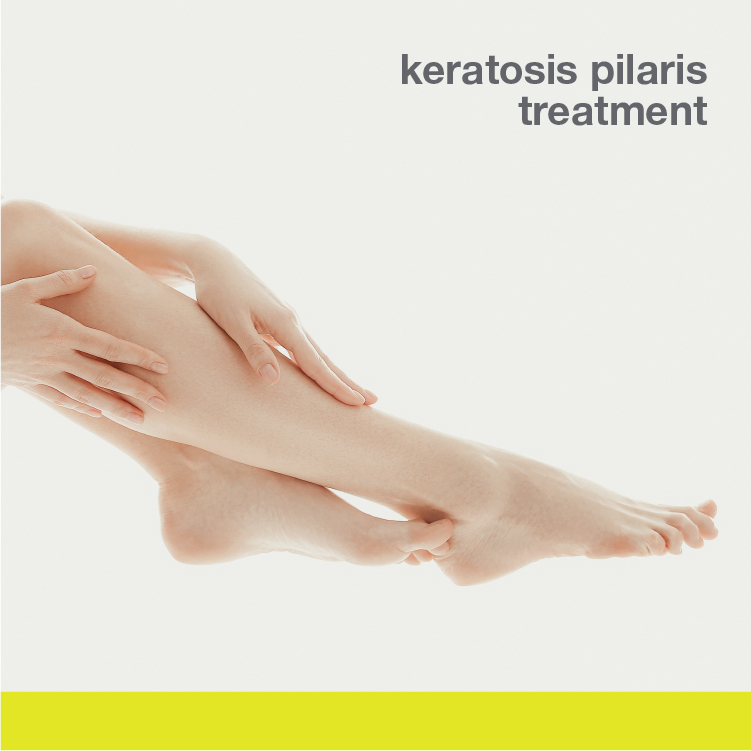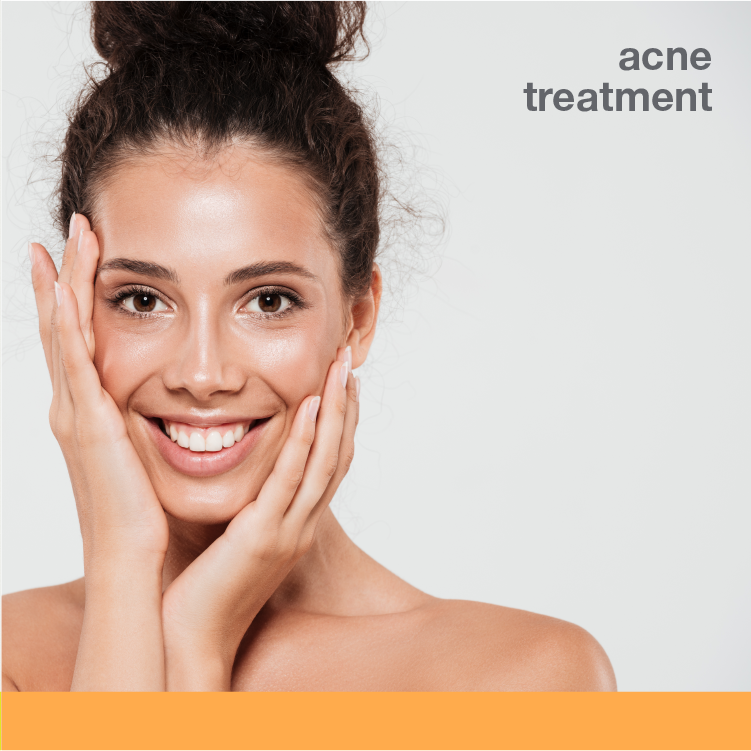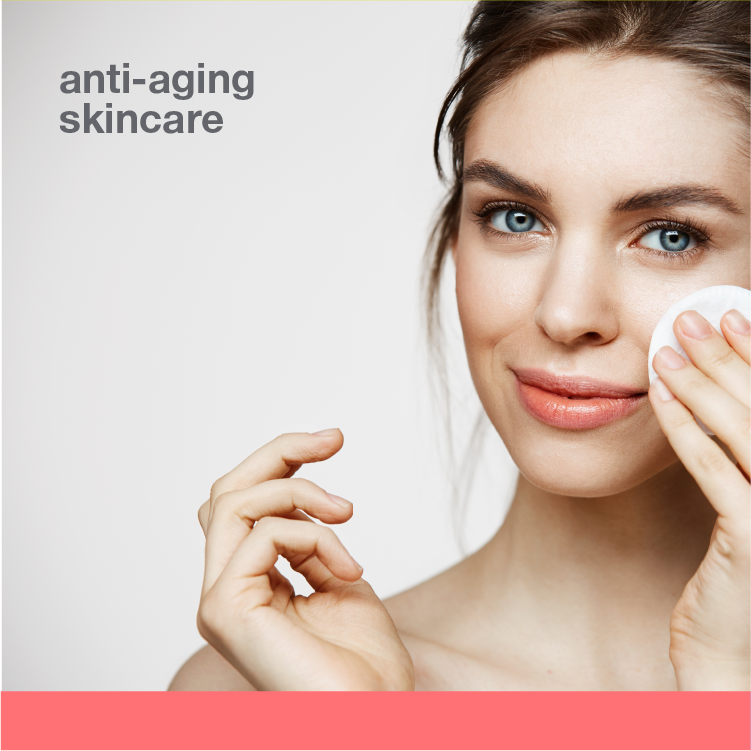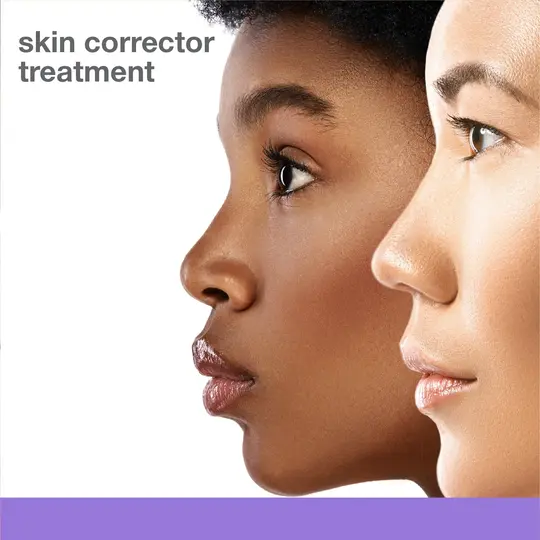
The most important step to achieving your skincare goals is to first know what your skin type is. Being familiar with your skin type is key so that you know which products will work the best on your skin. If you use products that are not formulated for your skin type, it can lead to irritation and worsening of any skin symptoms you may be having.
Once you have figured out what your skin type is, you can make sure to purchase products that work best for your skin type. This guide will help you not only identify what your skin type is but also learn what ingredients and Touch products to use based on your skin type. Here are the steps to take to identify what your skin type is:
#1 Wash your face: Use a mild cleanser to wash your face and do not apply any products to your skin.
#2 Allow your skin to completely dry for 30 minutes: It takes about half an hour for your skin to completely dry after washing it, so this will ensure that you are accurately examining your skin.
#3 Examine your skin: Take a look at your skin under natural light and see which one matches up to each section.
Pores
If your pores are visible and enlarged, you most likely have oily skin.
If your pores are small and not visible, you most likely have normal skin.
If your pores are medium and large sized in the t-zone, you most likely have combination skin.
If your pores are small and visible, you most likely have dry skin.
Texture
If the texture of your skin is smooth and even, you most likely have normal skin.
If the texture of your skin is dry and dull, you most likely have dry skin.
If the texture of your skin is shiny and greasy, you most likely have oily skin.
If the texture of your skin is oily in some places and dry in others, you most likely have combination skin.
Now that you know what your skin type is… what are your skin concerns? Do you have pimples or tiny red bumps on your skin? Or discoloration and hyperpigmentation? What about fine lines and wrinkles?
Take note of what your skin type is and what your skin concerns are so that you are able to determine which products to look for.
Here is the breakdown for the best ingredients for each skin type:
Oily Skin
Oily Skin occurs when there is an excess of oil production that creates a persistently greasy or shiny appearance. The best ingredients that work best to treat oily skin are hyaluronic acid, glycolic acid, and niacinamide.
Normal Skin
Normal skin is balanced - neither too oily nor too dry. The best practice for normal skin is to just follow the basics of a skincare routine: gentle cleanser, toner, exfoliant, sunscreen, and moisturizer.
Dry Skin
Dry skin lacks moisture and hydration, leaving the skin feeling tight and sometimes flaky. The best ingredients that work to treat dry skin best are: hyaluronic acid, glycolic acid, and aloe vera.
Combination Skin
Combination skin is typically dry on the cheeks, and oily in the T-Zone of the face, which includes the forehead, nose, and chin. The best ingredients that work best to treat combination skin are hyaluronic acid, glycolic acid, and niacinamide.
Great! Now what products do you use based on your skin concerns?
Acne-Prone
Acne is a common skin condition caused by an overproduction of oils and a buildup of bacteria that leads to pimples, blackheads, or whiteheads.
The best skincare routine to treat acne is: Start off with Glycolic Acid Face Wash to cleanse your skin, followed by this Acne Treatment Gel and finish it up with Anti-Aging SPF30 Sunscreen Moisturizer (when using in the day time) or a Night Moisturizer (when using at night time).
Anti-Aging
As skin ages, the outermost layer of the skin becomes thin and the loss of collagen leads to dull and tight skin.
The best skincare routine for anti-aging is: Start off with Glycolic Acid Face Wash, then using Glycolic Acid Pads, wipe pad gently over cleansed skin. Once done exfoliating the skin with the acid pads, follow it by applying Collagen Moisturizer. Finish up the routine with Anti-Aging SPF30 Sunscreen Moisturizer (when using in the day time) or a Night Moisturizer (when using at night time).
Discoloration
Hyperpigmentation is a condition that causes the darkening of certain areas of the skin due to an overproduction of melanin, which is the pigment that provides color to the skin.
A skin-brightening skincare routine for treating discoloration and hyperpigmentation is: Start off with Glycolic Acid Face wash, then apply Bright & Clear Cream to cleansed skin. Finish up the routine with Anti-Aging SPF30 Sunscreen Moisturizer (when using in the day time) or a Night Moisturizer (when using at night time).
Hopefully this guide has helped you break down exactly what your skin type is, what ingredients to look out for, and what products work best for your skin type.
Using the products that work for your skin type will bring you closer to achieving the skin of your dreams!




